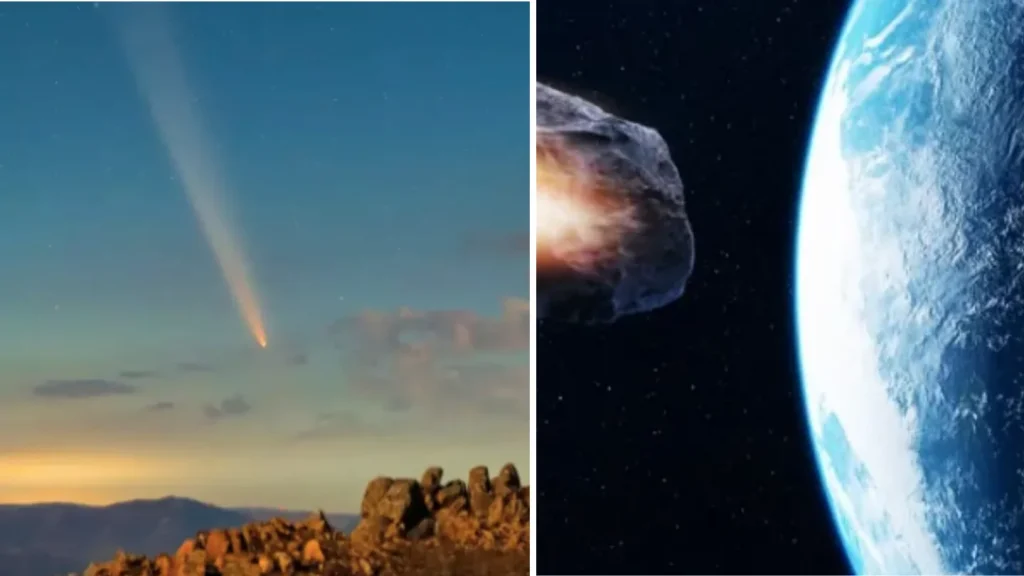Asteroid 2024 YR4 has become a major topic of discussion among astronomers and space agencies, as recent calculations suggest it could be on a potential collision course with Earth.
Discovered on December 27, 2024, by the Asteroid Terrestrial-impact Last Alert System (ATLAS) in Chile, this massive space rock has raised concerns due to its trajectory and potential impact zone.
Scientists have been closely monitoring 2024 YR4 since its discovery, analyzing its size, speed, and possible paths.
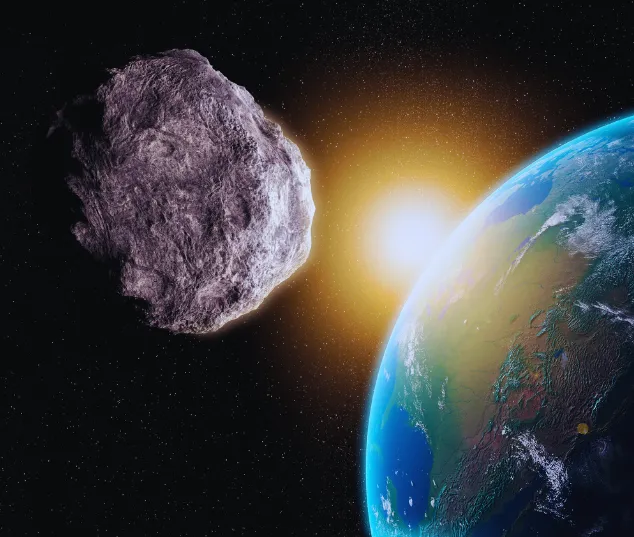
The asteroid measures between 130 and 300 feet (40 to 90 meters) in diameter, making it large enough to cause significant destruction if it were to hit Earth.
It belongs to the Apollo group of asteroids, which are known for crossing Earth’s orbit and posing potential threats to the planet.
NASA and the European Space Agency (ESA) have both been tracking 2024 YR4 and refining their calculations to determine the likelihood of an impact.
Initial observations suggested a low probability, but further analysis has increased concern. As of February 2025, NASA estimates a 2.6% chance (approximately 1 in 38) of 2024 YR4 colliding with Earth on December 22, 2032.
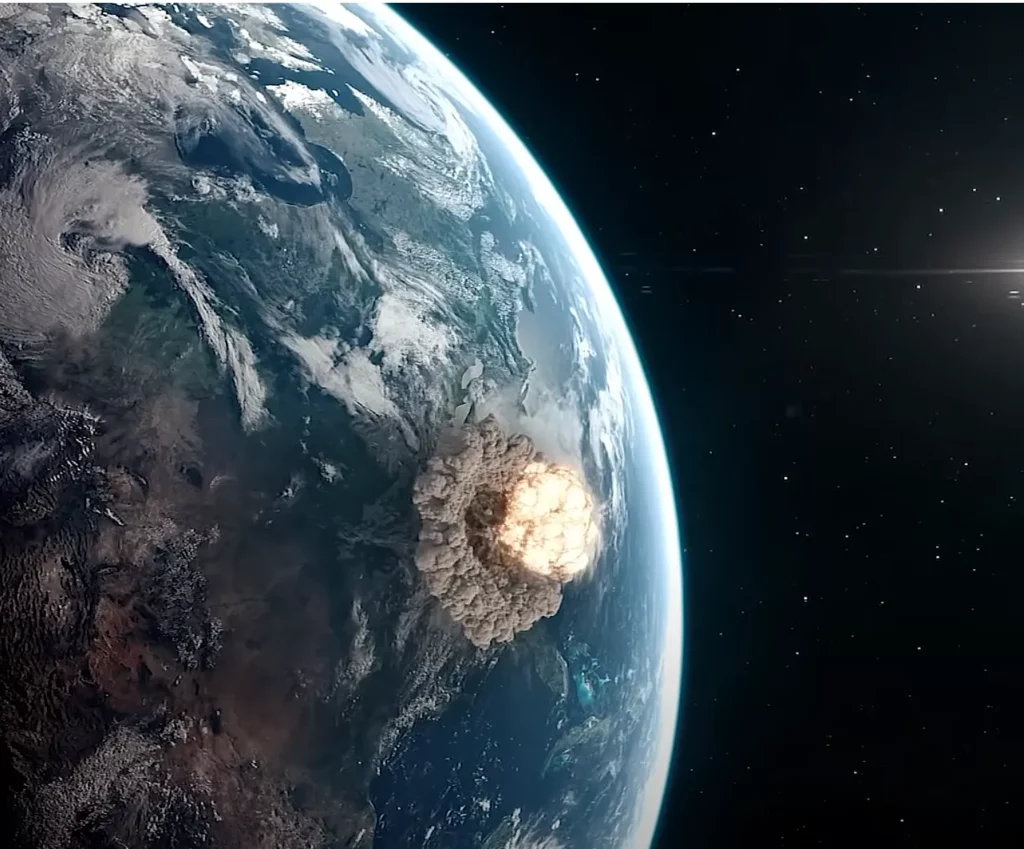
ESA’s projections are similar, with a 2.4% probability, which has classified this asteroid as a Level 3 threat on the Torino Impact Hazard Scale.
While these numbers may seem small, they are significantly higher than the usual chances of asteroid impacts.
Most near-Earth objects (NEOs) have impact probabilities so low that they are considered negligible, but 2024 YR4 has remained on watchlists due to its increasing probability.
Scientists are continuing to track the asteroid’s path, as even minor deviations in its orbit could drastically alter its trajectory over the next several years.
The energy released by an impact from 2024 YR4 would be substantial. Experts estimate that if the asteroid were to collide with Earth, the explosion would be equivalent to approximately 7.7 megatons of TNT.
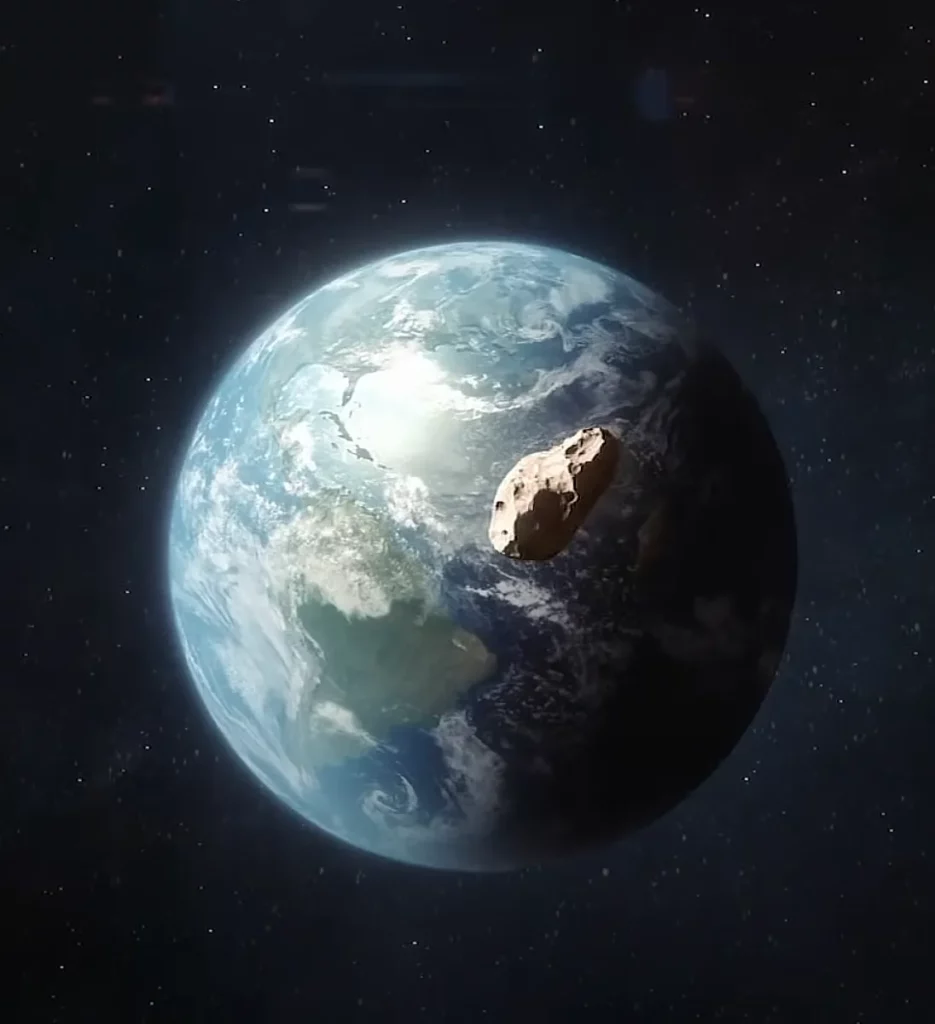
To put this into perspective, this is several hundred times more powerful than the atomic bomb dropped on Hiroshima in 1945.
Depending on the location of impact, the damage could be devastating, with a blast radius capable of leveling entire cities and causing widespread destruction.
One of the greatest concerns surrounding asteroid deflection efforts is the risk of making the situation worse.
Dr. Robin George Andrews, an expert in planetary science and the author of How to Kill an Asteroid, has warned against rushing into action without careful consideration.
He cautioned that attempting to alter the asteroid’s trajectory could lead to unintended consequences, such as breaking it into multiple pieces that could still strike Earth.
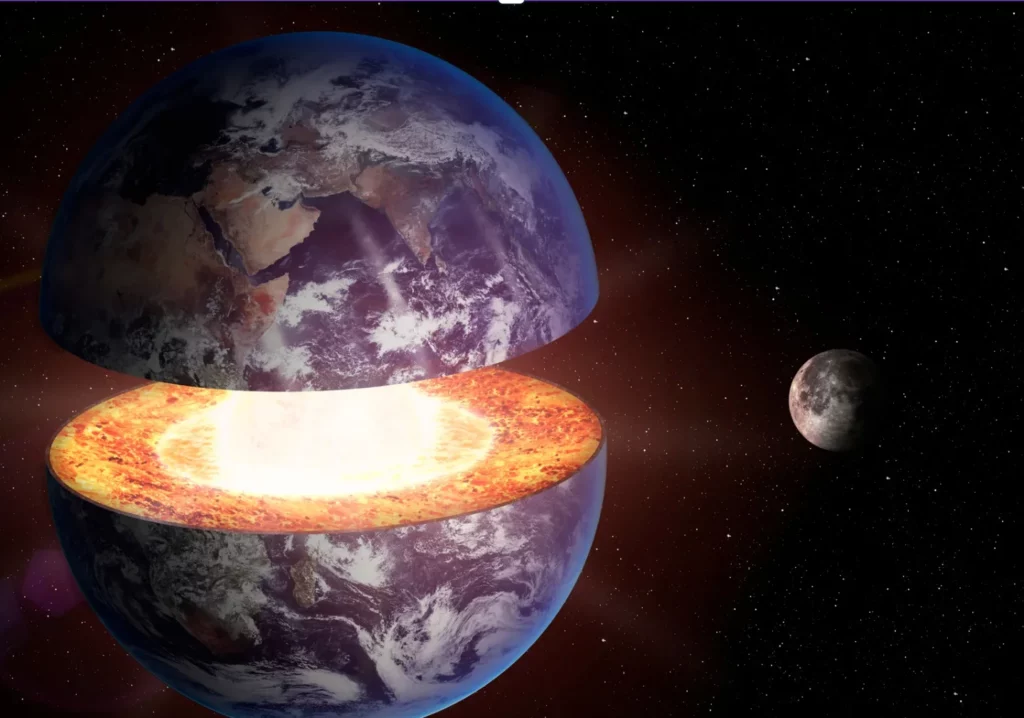
While NASA’s Double Asteroid Redirection Test (DART) successfully altered the orbit of an asteroid in 2022, experts fear that 2024 YR4 might be too large to be deflected with a single impact.
This means that multiple spacecraft would have to strike it in perfect coordination to push it off course. If this attempt fails, the asteroid could still hit Earth, just in a different location than originally predicted.
What makes this threat even more concerning is the newly identified risk corridor, outlining the regions that could be impacted if the asteroid were to collide with the planet.
Scientists have mapped out the potential impact zone, which stretches from northern South America across the Pacific Ocean, southern Asia, the Arabian Sea, and Africa.
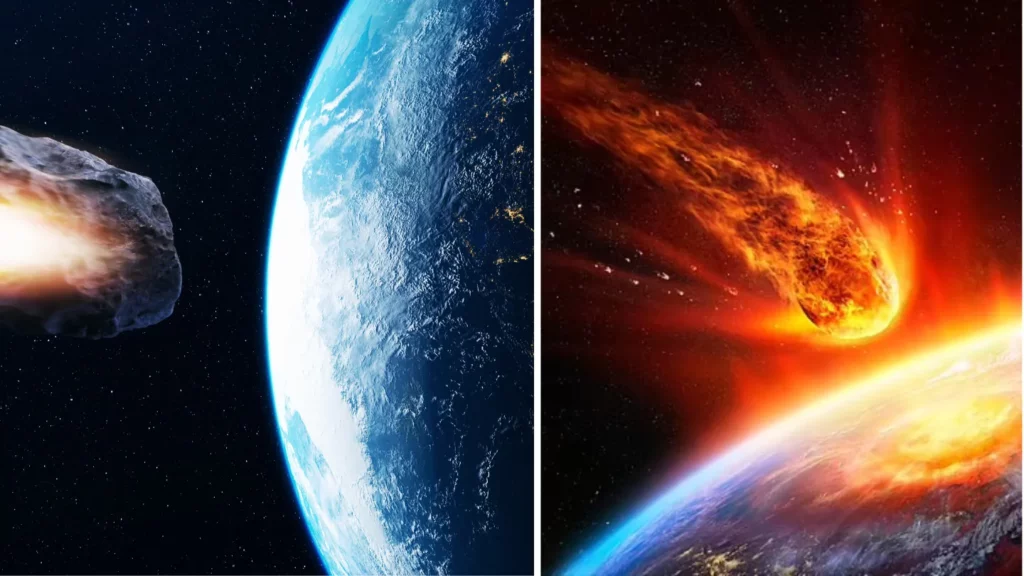
The nine countries that are currently in the potential impact zone include India, Pakistan, Bangladesh, Ethiopia, Sudan, Nigeria, Venezuela, Colombia, and Ecuador.
If the asteroid does strike one of these regions, the resulting devastation could affect millions of people. The impact would not only destroy infrastructure but could also cause wildfires, earthquakes, and widespread environmental damage.
Despite the alarming projections, scientists emphasize that there is still time to refine calculations and prepare mitigation strategies.
Further observations of 2024 YR4 will take place when it makes another close approach to Earth in 2028.
Until then, experts continue to debate whether deflection is a viable solution or if the best course of action is mass evacuation should the asteroid’s trajectory remain unchanged.
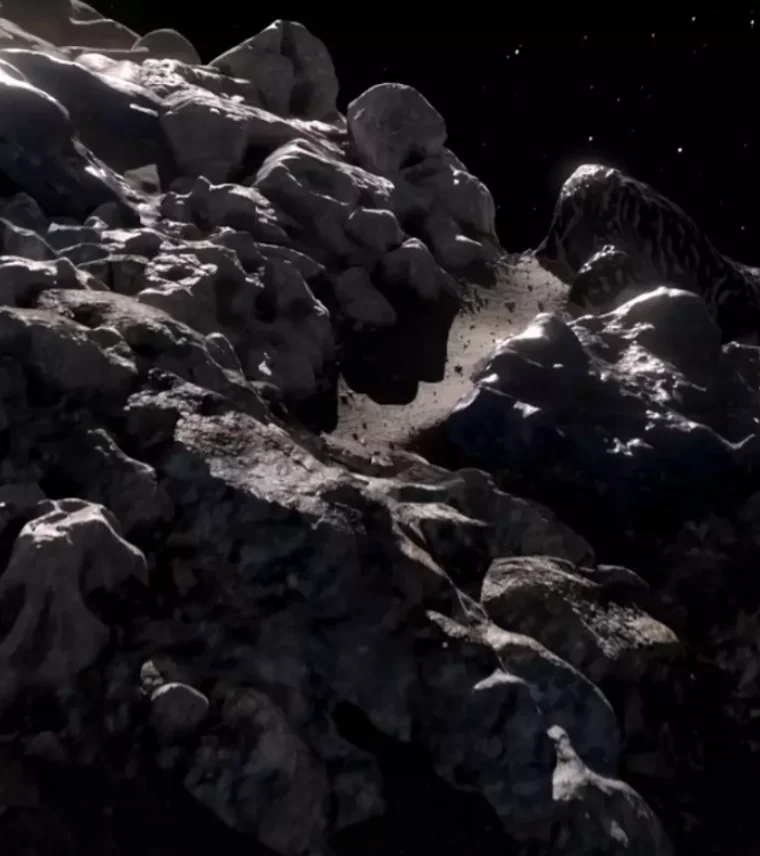
For now, the world watches and waits, hoping that as more data is collected, the probability of impact will decrease.
However, with a 2.6% chance still on record, the possibility remains, leaving scientists and governments on high alert for what could be one of the most significant asteroid threats in recent history.
Featured Image Credit: (CanvaPro)

